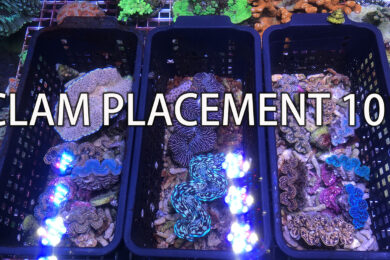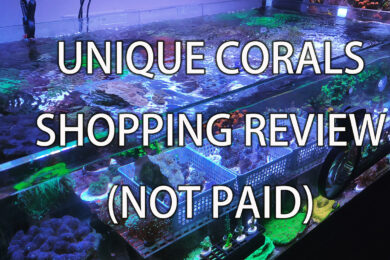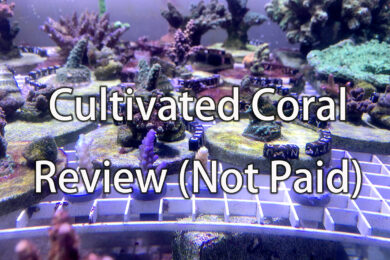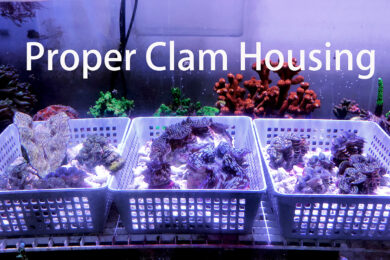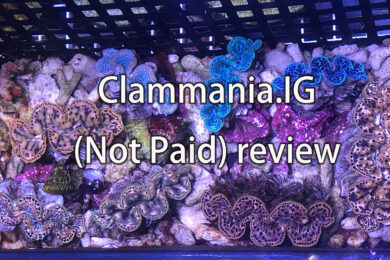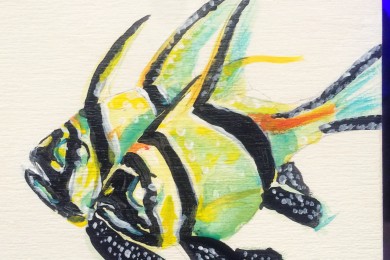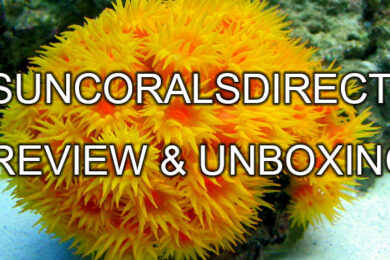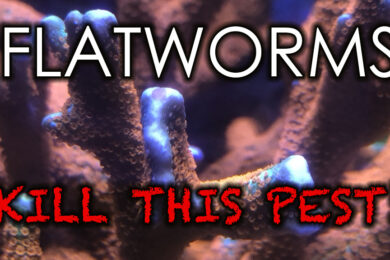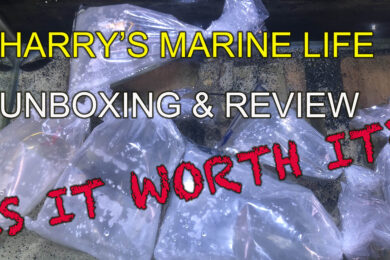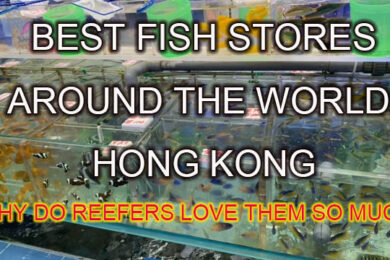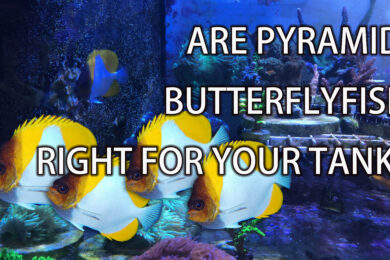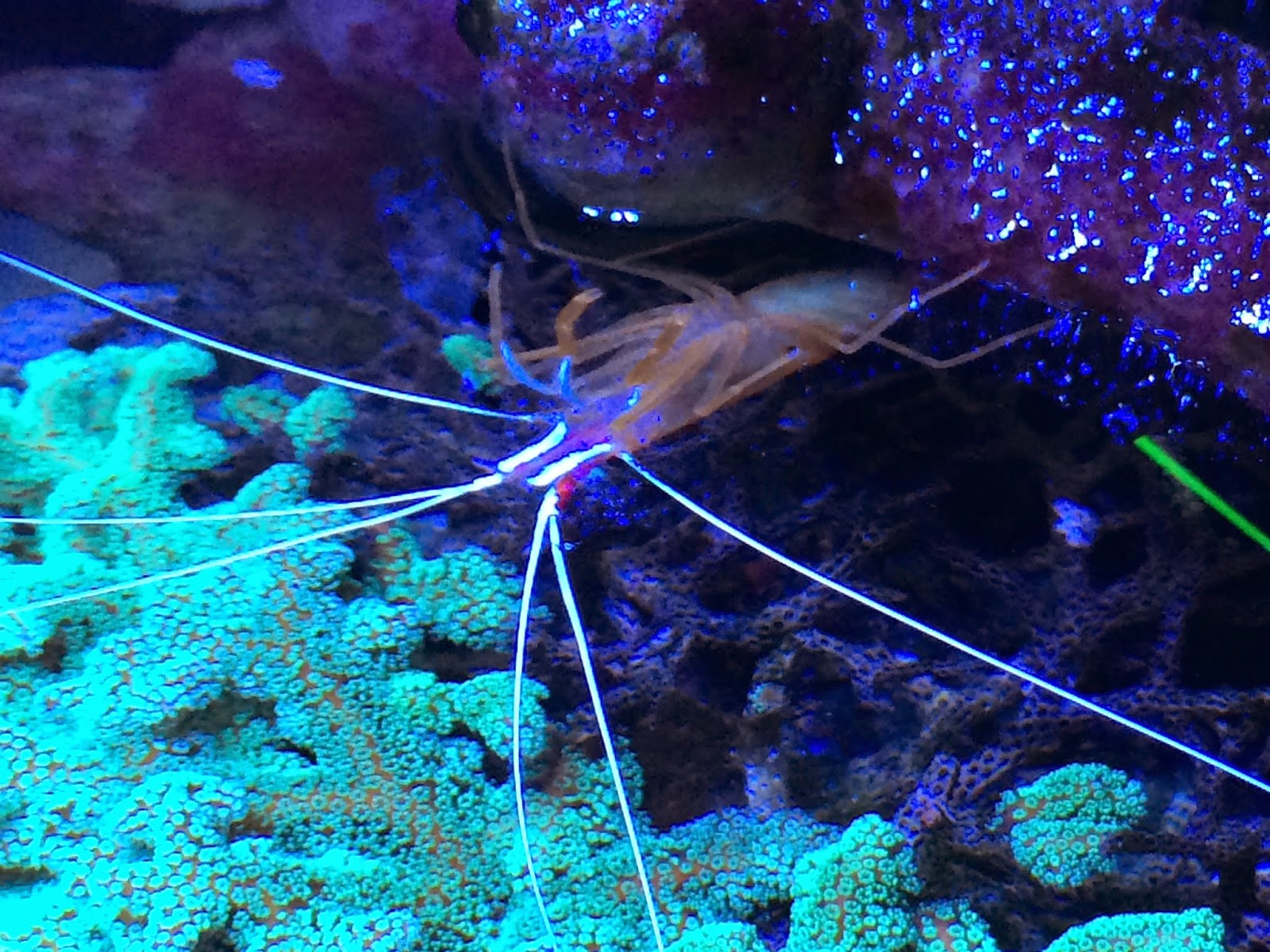 |
| A Cleaner Shimp |
One of the most common terms one hears or asks in the marine aquaria is “Is ____ Reef safe?”
Well, to answer that question, first we must define what is “reef safe”?
Here is an article from Wikipedia defining reef safe.
So in short, I think most people would agree reef sate in the home aquarium means the critter you are referring will NOT hurt invertebrates, including coral. Even though in the broad spectrum, there really is very limited true “reef safe” creatures as most fish, even those who are vegetarian, would need to consume crustacean at some point in there life journey. But for the sake of general reference, it means a fish/invertebrate will not attack or cause long term damage to other commonly available aquarium creatures.
Even those that are considered reef safe, one can still find an occasional specimens that is a black horse who wants to redefine their diet habit.
To illustrate, here is a small sample of fish that are “reef safe”
Yellow Tang- Primarily vegetarian, very rarely harms invertebrates.
Clown fish- Not an herbivore but will not attack invertebrates.
Seahorse- Very gentle creature, will not attach invertebrates, but will eat pods.
A list of “reef safe” invertebrates
Tridacna clams- will not bother anyone, no feeding necessary with sufficient lighting and adequate water quality
Small Polyp Stony coral- same as above
Cleaner shrimp- will not bother anyone, will help pick on parasites on fish
What about “not reef safe” fish?
Any fish in the following family cannot be trusted:
Angel- most will nip on corals or clam
Butterfly- most will nip coral
Trigger- will eat any crustacean, will also harm smaller fish, but not necessarily corals
Puffer- Same as above
Lion- Same as above
Grouper- Same as above
Some not reef safe invertebrates:
Mantis shrimp- will eat ANYTHING alive
Lobster- will harm fish/clam
larger crabs- will harm fish/other invertebrates
Anemone- this is a tricky one, but they may consume smaller, weaker fish or crustacean.
